After achieving Independence in 1947, the Government of India and the Reserve Bank of India (RBI) have made concerted efforts to provide the poor with access to credit. Despite the phenomenal increase in the physical outreach of formal credit institutions in the past several decades, the rural poor continue to depend on informal sources of credit. Institutions have also faced difficulties in dealing effectively with a large number of small borrowers, whose credit needs are small and frequent and their ability to offer collaterals is limited. Besides, cumbersome procedures and risk perceptions of the banks leave a gap in serving the credit needs of the rural poor. It is in this context that micro credit has emerged as the most suitable and practical alternative to the conventional banking in reaching the hitherto unreached poor population. Micro credit enables the poor people to be thrifty and helps them in availing the credit and other financial services for improving their income and living standards. The Self-help Group (SHG)-Bank Linkage Programme was formally launched in the year 1992 as a flagship programme by National Bank for Agriculture and Rural Development (NABARD) and aptly supported by the RBI through its policy support. The Programme envisages organisation of the rural poor into SHGs for building their capacities to manage their own finances and then negotiate bank credit on commercial terms. This book contains 13 well-researched papers by experts on the subject which provide analytical information on various aspects of the micro finance and its impact on rural economy of India.
Micro Finance And Indias Rural Economy
$30.60
$34.00
In stock
Free & Quick Delivery Worldwide
All orders amounting to US$ 50 or more qualify for Free Delivery Worldwide. For orders less than US$ 50, we offer Standard Delivery at $14 per book.
ABOUT THE AUTHOR Sanjay Kanti Das
Sanjay Kanti Das is presently Head, Department of Commerce, Lumding College, Lumding, Nagaon, Assam. He has contributed a number of research papers in different research journals and books. His key areas of interest are banking and finance, micro credit, and rural development.
ABOUT THE AUTHOR Sudhansu Kumar Das
Sudhansu Kumar Das is currently lecturer in Commerce, Sadhu Goureswar College, Kanikapada, Jaipur, Orissa affiliated to Utkal University, Bhubaneswar. He was awarded Ph. D. degree by Utkal University, Orissa in 2006. He has published 3 books, 8 papers and 15 articles. He has completed one UGC-sponsored research project and organized state level seminars. His areas of research interest include development economics, gender studies and finance.
reviews
0 in total
Review by Anonymous
Be the first to review “Micro Finance And Indias Rural Economy” Cancel reply
You must be logged in to post a review.
Bibliographic information
Title
Micro Finance And Indias Rural Economy
Author
Edition
Ist ed.
Publisher
New Century Publications, 2011
ISBN
9788177082630
Length
194p., 24cm.
Subjects


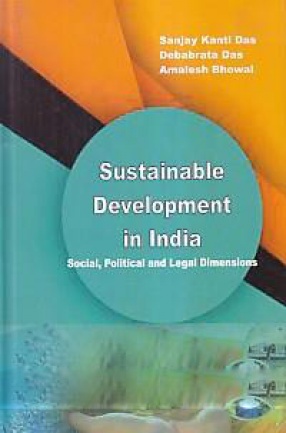
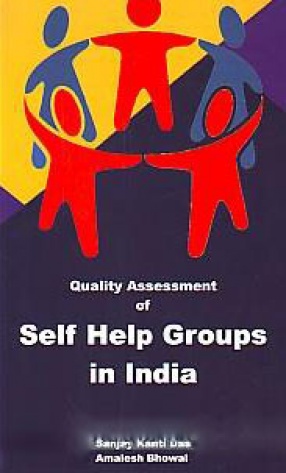
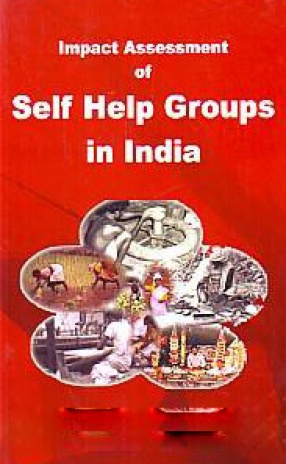
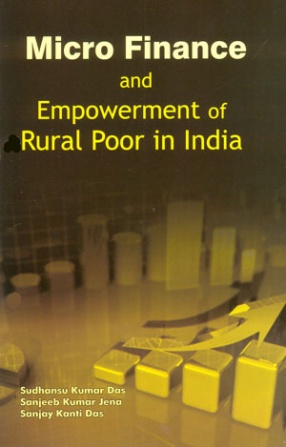


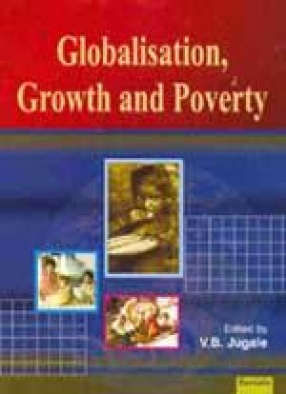
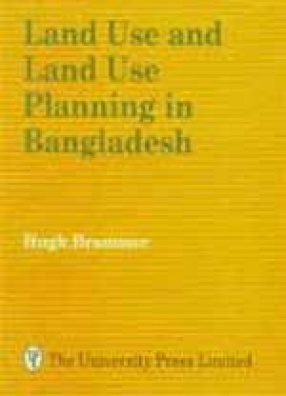
There are no reviews yet.